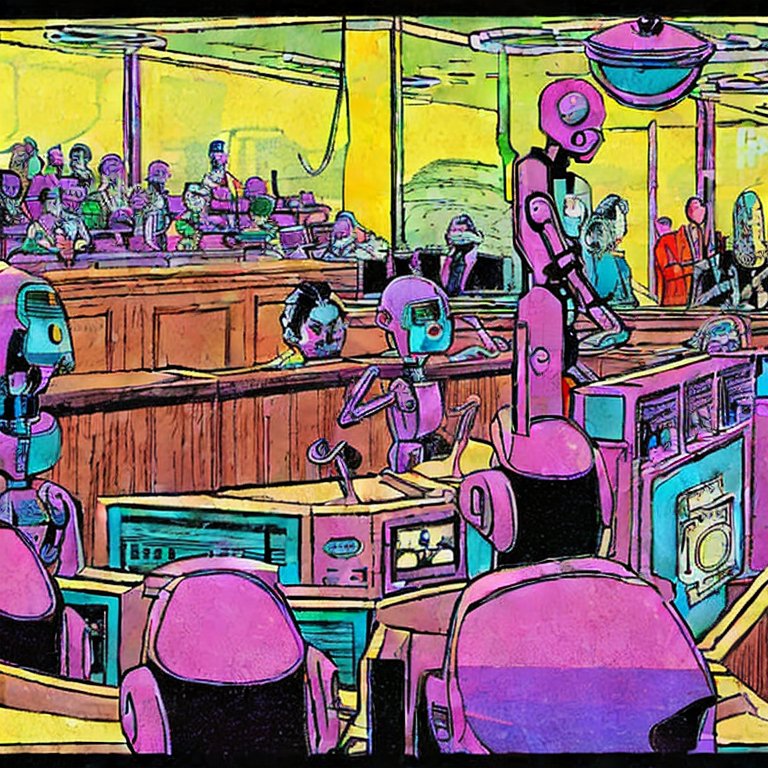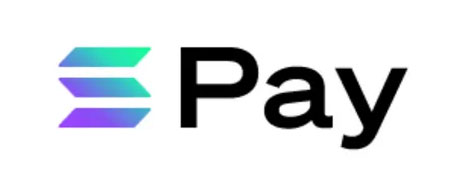
Why Web3 standards and NFTs will solve the AI intellectual property legal mess
How Web3 standards and NFTs will solve the AI intellectual property legal mess? Let’s go! In this article, we’ll explore how these emerging technologies can revolutionize the way we approach intellectual property laws.
As technology continues to advance at an unprecedented rate, the legal frameworks surrounding intellectual property have struggled to keep up. The rise of AI-generated content has complicated matters even further, leading to a legal mess that has left many scratching their heads. Fortunately, there is hope on the horizon in the form of Web3 standards and NFTs.

Right click & save & generate unique variation with ai?
Nowadays someone can simply find a stock photo or someone else’s intellectual property, then “right click & save” and upload to an AI platform to generate a variation of that photo or ip.

Web3 Browsers
Now here comes Web3 protocols and NFTs. NFTs are already tracking royalties for digital content in new ways never before seen. This has been common to the music industry enjoying the benefits of long-term passive income. Now this is unlocking for every piece of content or IP that anyone makes.
Imagine all the modern web3 browsers the moment any image or piece of content is loaded, there is a record on the blockchain of it being loaded, and then can be attributed to the original author IP owner within the metadata of it on the blockchain. The moment that image is copied, saved or dragged and dropped somewhere else, there is a record of this as well. So any user performing the steps of saving something then generating it somewhere can already be flagged. Small micro payments of 0.00001 for example are paid for any loading, copy and paste or drag and drop of any content, everywhere across web-browsers.

NFTs tracking IP ownership and micro-royalties for everything
Now with NFTs, these act as the keys of ownership which can often be divided amongst hundreds or thousands of wallets to decentralize ownership of assets in a new way. There would be 5,000 NFTs available to be one of the owners/investors into a new video on the web. From then on, every view of the video, or save, or copy and paste or drag and drop, would automatically be attributed royalties to the 5,000 owners via micro-payments on the underlying blockchain running on the browsers.
Non-fungible tokens (NFTs) are a type of cryptographic token that represents a unique asset, such as a piece of art or a collectible. These tokens are stored on a blockchain, making them easily transferable and provably scarce. The use of NFTs has exploded in recent years, with millions of dollars being spent on digital art and other unique digital assets.

Proof of Ownership on chain
One of the key benefits of NFTs is that they provide a way to prove ownership of digital assets. This is particularly important in the world of AI-generated content, where ownership can be difficult to determine. With NFTs, content creators can prove ownership of their work and even monetize it through the sale of NFTs.

Upcoming Web3 Protocol Standards
Once there becomes some more standards coming out of W3C for this fast-growing web3 technologies, then we’ll see Web3 standards rapidly evolve more over the coming years as a web browsing experience to everyone.They will aim to create a more decentralized internet. This is achieved by using blockchain technology to create a network of nodes that work together to store and validate data. In this new paradigm, data is no longer controlled by a handful of centralized entities, but instead is distributed across a vast network of nodes.
This decentralization has a number of benefits, particularly when it comes to intellectual property laws. With traditional intellectual property laws, it can be difficult to enforce copyright infringement and protect the rights of content creators. However, with Web3 standards, content creators can rely on a decentralized network to store and validate their work.

Solving the AI IP Legal Mess
So, how do Web3 standards and NFTs help solve the legal mess surrounding AI-generated content? By providing a decentralized network and a way to prove ownership, these technologies create a more secure environment for content creators. With a decentralized network, content creators no longer need to rely on centralized entities to store and validate their work. And with NFTs, they can prove ownership and monetize their creations.
This creates a more level playing field for content creators, particularly those who are creating AI-generated content. With a more secure and decentralized environment, they can focus on creating high-quality content without worrying about infringement or theft.
In addition, these technologies could also lead to a more transparent and fair legal system. With ownership and validation of content stored on a decentralized network, it becomes easier to determine who owns what and what constitutes infringement. This could lead to a more streamlined legal process and a fairer system for all.

Conclusion
In conclusion, Web3 standards and NFTs have the potential to revolutionize the way we approach intellectual property laws. By creating a more secure and decentralized environment for content creators, they can focus on creating high-quality content without worrying about infringement or theft. And with a more transparent and fair legal system, we can ensure that content creators are properly compensated for their work.
Thanks for reading our article on how Web3 standards and NFTs will solve the AI intellectual property legal mess. What do you think?


















